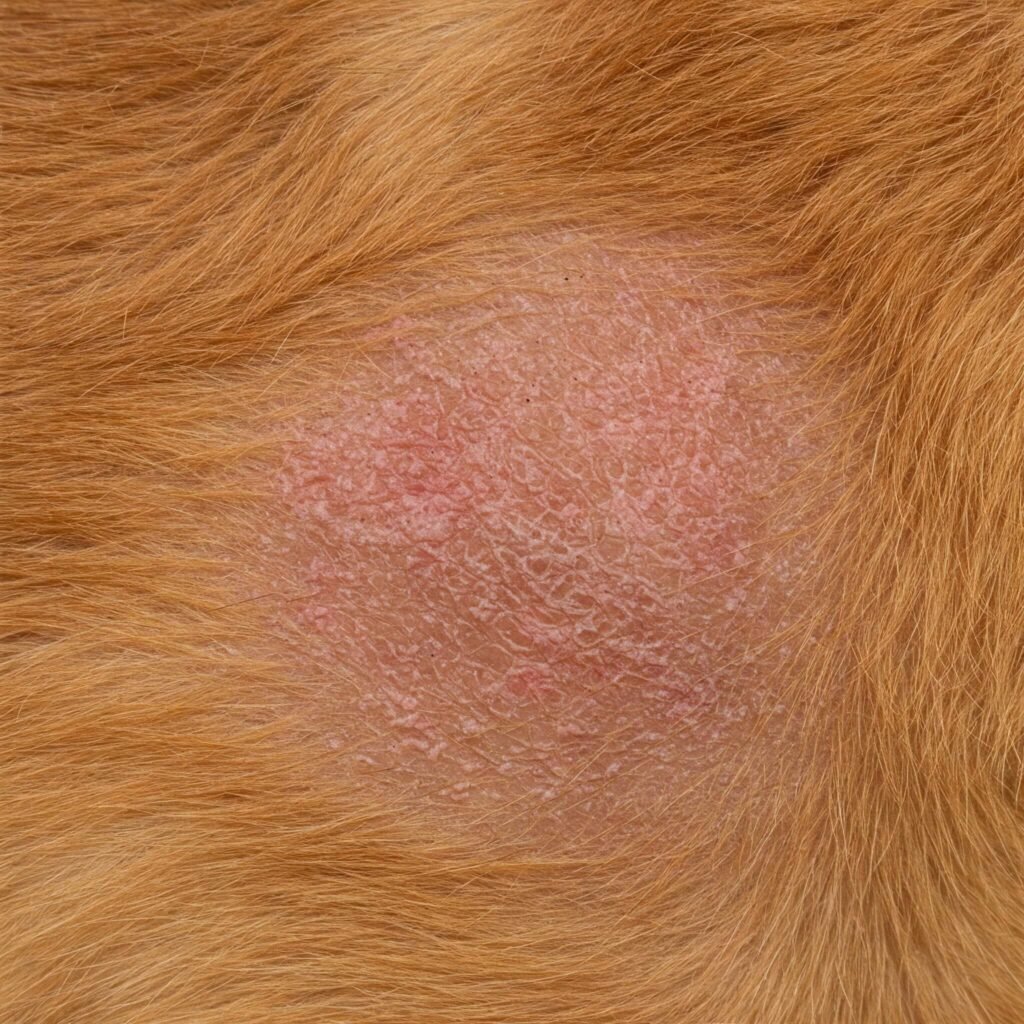If your furry friend is constantly scratching, sneezing, or showing signs of discomfort, they might be suffering from dog allergies. Indeed, just like humans, dogs can develop allergies to various substances in their environment or diet. Therefore, understanding the common triggers and exploring natural treatments can significantly improve your dog’s quality of life. To begin with, let’s dive into how to recognize and address these issues.
What Are Dog Allergies?
Dog allergies occur when a dog’s immune system overreacts to a harmless substance, known as an allergen. Consequently, this overreaction leads to a cascade of symptoms that can range from mild to severe. In essence, it’s an overreaction to something that should be harmless.

Common Triggers of Dog Allergies (H2)
Identifying the triggers is the first step in managing dog allergies. Specifically, here are some of the most common culprits:
- Environmental Allergens:
- Pollen: Just like humans, dogs can be allergic to seasonal pollens.
- Dust Mites: These tiny creatures thrive in bedding and carpets.
- Mold: Damp environments can harbor mold spores.
- Fleas: Flea saliva is a common allergen.
- Food Allergies:
- Beef, Chicken, Dairy, and Wheat: These are frequent food allergens in dogs.
- H3: Identifying Food Allergies in Dogs
- Dietary elimination trials are the best way to determine food allergies.
- Additionally, look for symptoms like chronic ear infections, gastrointestinal upset, and skin issues.
- Contact Allergies:
- Certain Shampoos or Soaps: Harsh chemicals can irritate a dog’s skin.
- Household Cleaners: Some cleaning products contain allergens. Furthermore, these contact allergies often present as localized skin irritations.
Symptoms of Dog Allergies (H2)
Recognizing the symptoms of dog allergies is crucial for early intervention. For instance, keep an eye out for:
- Excessive Scratching and Licking
- Skin Rashes and Hot Spots
- Ear Infections
- Sneezing and Coughing
- Watery Eyes
- Gastrointestinal Issues (vomiting, diarrhea). Notably, these symptoms can vary in intensity.

Natural Treatments for Dog Allergies (H2)
While veterinary care is essential, several natural treatments can help alleviate dog allergy symptoms. However, always consult with your vet before starting any new treatment. Moreover, remember these are to assist in relief, not a replacement for veterinary care.
- Dietary Adjustments:
- Hypoallergenic Dog Food: Consider switching to a limited-ingredient diet.
- H3: Natural Dog Food for Allergy Relief
- Omega-3 Fatty Acids: Fish oil supplements can reduce inflammation.
- Probiotics: Support gut health, which can improve immune function. In particular, probiotics can help balance the gut flora.
- Topical Remedies:
- Oatmeal Baths: Soothe itchy, irritated skin.
- Coconut Oil: Can moisturize and reduce inflammation.
- Aloe Vera: Natural skin soother. Additionally, apply these topically to the affected areas.
- Environmental Management:
- Regular Cleaning: Vacuum and wash bedding frequently to reduce allergens.
- Air Purifiers: Help remove pollen and dust from the air. Also, consider using hypoallergenic bedding.
When to See a Veterinarian (H2)
While natural remedies can be helpful, ultimately, it’s essential to consult a veterinarian if your dog’s symptoms are severe or persistent. In other words, if you notice any of the following, seek professional help:
- Severe Skin Infections
- Difficulty Breathing
- Significant Weight Loss
- Persistent Vomiting or Diarrhea. Above all, ensure your dog’s safety and well-being.

Outbound Links:
- American Kennel Club: https://www.akc.org/
- Veterinary Dermatology: https://www.acvd.org/
- PetMD: https://www.petmd.com/
Conclusion
Dealing with dog allergies can be challenging, but with careful observation and appropriate management, your dog can live a comfortable and happy life. Therefore, by identifying triggers and utilizing natural remedies, you can provide much-needed relief to your furry companion. In conclusion, early detection and proactive care are key.








































